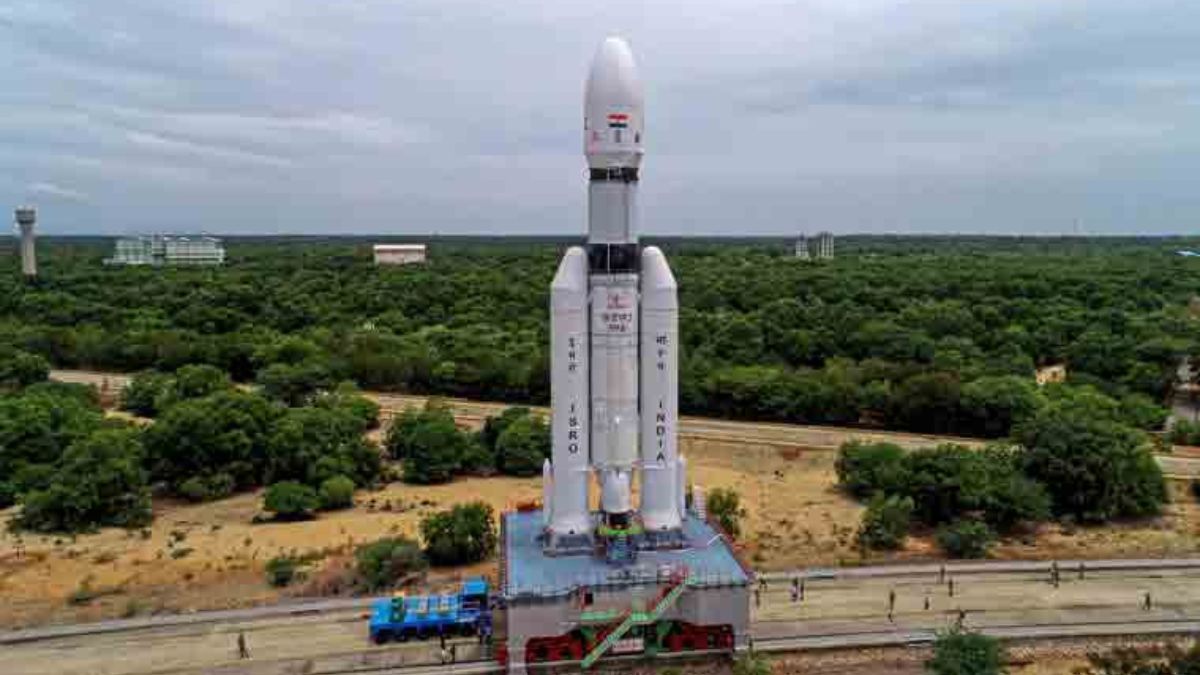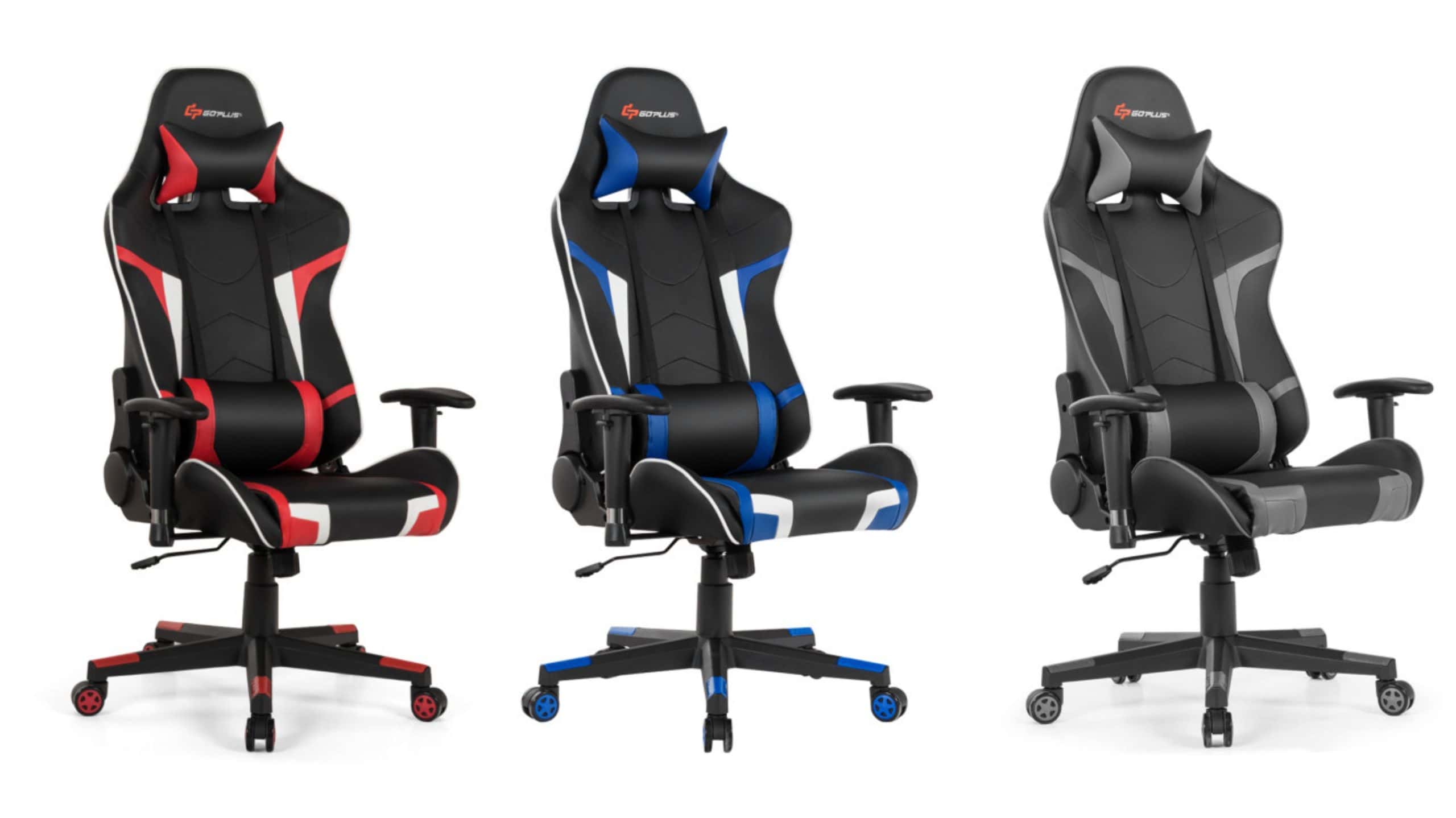India is gearing up to celebrate its first National Space Day on August 23, the date on which Chandrayaan-3’s Vikram Lander successfully landed at the ‘Shiv Shakti’ point on the Moon’s south polar region last year.
This day was officially announced by the Prime Minister Narendra Modi as a tribute to the scientists, engineers, and researchers who have driven India’s space program to international prominence. The celebration aims to inspire future generations to pursue careers in science, technology, engineering, and mathematics (STEM), while also highlighting the societal benefits of space technology.
“For India, National Space Day symbolises a significant milestone in its space exploration journey. It marks India’s status as the fourth country to successfully land on the Moon and the first to reach its southern polar region. This achievement not only enhances India’s reputation in the global space community but also serves as a catalyst for increased interest in space science among the youth. The day is an opportunity to showcase the impact of space missions on daily life, emphasising how advancements in space technology can lead to improvements in various sectors, including agriculture, communication, and disaster management,” remarked Srimathy Kesan, founder and CEO of Space Kidz India, which is into design, fabrication and launch of small satellites, spacecraft and ground systems.
ISRO Chairman S Somanath, had announced plans for 70 launches over the next five years. This ambitious goal aligns with India’s growing capabilities in space technology and reflects its commitment to expanding its space exploration agenda. Given ISRO’s track record of successful missions and increasing technological advancements, this target is deemed feasible. The planned launches will likely include a mix of satellite deployments, interplanetary missions, and international collaborations, contributing to India’s strategic objectives in space. In addition to this the construction of a new launch pad at Kulasekarapatnam is anticipated to begin before the next National Space Day in 2025. This facility is expected to enhance India’s launch capabilities.
Interestingly India’s space startup ecosystem is rapidly evolving, with several notable companies making significant contributions to the industry. Some of the top Indian space startups include, Agnikul Cosmos that is known for its innovative launch vehicle solutions. Skyroot Aerospace that focuses on developing small satellite launch vehicles and Pixxel that specialises in satellite imagery and data analytics etc.
Various stake holders in the space ecosystem feel that the celebration of National Space Day is expected to foster greater awareness of space science and technology among rural populations. “Through various outreach programs, including educational workshops and mobile exhibitions, ISRO aims to engage students and communities in rural areas. These efforts are designed to demystify space technology and illustrate its relevance to everyday life, thereby inspiring interest and participation in the field of space science among youth in these regions. National Space Day serves as a pivotal platform for celebrating India’s achievements in space exploration while inspiring future generations to engage with science,” added Kesan.
Involving private companies in space exploration is comparatively new for ISRO. The shift has been made possible under the stewardship of Prime Minister Narendra Modi. Modi has uniquely encouraged the private sector to participate, which is uncommon for Indian government programmes. In 2020, the government reformed the space sector to encourage private companies’ involvement. On June 20, 2024, Jitendra Singh, Union Minister for Science and Technology, mentioned that space startups in India had grown from just one in 2022 to nearly 200 in 2024. He credited this increase to the sector’s reforms.
These applications from Indian companies requested help with authorisations, guidance, facility access, technology transfers and consultancy. By January 1 this year, various private entities had signed 51 memorandums of understanding (MoUs) and 34 joint project plans to assist with space activities.
“India has effectively gathered technologies from various countries. It has combined them to create something uniquely Indian. Chandrayaan-3 is a great example of this approach. ISRO said the mission cost just $74 million (about Rs 610 crore), which is less than a commercial airplane and surprisingly low for a spacecraft. This was partly achieved by using affordable off-the-shelf parts along with custom-made ones and by partnering with private companies for some development and manufacturing,” remarked space expert Girish Linganna.
The Centre is planning to launch a month-long campaign starting on Friday, August 23, to celebrate the first-ever ‘National Space Day’. This special day will celebrate India’s outstanding space missions and inspire the country’s youths with a theme that embodies the spirit of exploration: ‘Touching Lives while Touching the Moon: India’s Space Saga’. This theme highlights how India’s space missions not only achieve incredible milestones, such as reaching the Moon, but also make a positive impact on everyday life.
The National Space Day is meant to celebrate key achievements in space exploration, showcase progress in space technology and spark greater interest in space science among students. It also aims to increase public awareness about the benefits of space exploration while promoting national pride and unity. This day will be celebrated with a series of exciting events across the country, aimed at honouring India’s space achievements and inspiring future generations.
“With Chandrayaan-3, India has demonstrated its dominant role in growing global space market and aims to have 10 percent share of the global space economy in the next 10 years from $9 billion to $45 billion. Indian Space Policy 2023, ISRO and IN-SPACe have created a framework that provides the opportunity for startups to build critical technologies including small rockets, multi-sensor (fusion) satellite constellations, optical space communication, in-orbit maintenance & manufacturing. As India looks to the future ISRO carries the vision to build human space flight, space station and sending an Indian to the moon by 2040,” said Vishesh Rajaram, Managing Partner at Speciale Invest a seed-stage venture capital firm that invests in founders building technologies of tomorrow.
Interestingly the Indian space technology startup ecosystem has experienced remarkable growth over the past decade, especially post the sector’s liberalization, the government has significantly enabled the private sector’s development through multiple initiatives. Key measures such as the Indian Space Policy, 2023, the National Geospatial Policy, 2022, as well as amendments to the Foreign Direct Investment (FDI) policy highlight the support ISRO and In-SPACe have taken for the private space sector.
“Recently, the announcement of allocation of a Rs 1,000 crore venture capital fund during the Union Budget 2024 and the announcement of a Public-Private Partnership to develop a comprehensive Earth Observation System, are very positive indicators of the belief of the Government to substantially enhance the sector’s progress. As an ecosystem, we still look up to the government for the creation of pathways for commercialisation via the private sector, streamlining and accelerating FDI applications and regulatory processes, and exploring updates to taxation policies on intellectual property in the deep tech sector. These efforts will support innovation and drive continued growth and success,” remarked Akash Yalagach, CTO and Co-Founder, KaleidEO.










































































































































































You must be logged in to post a comment Login